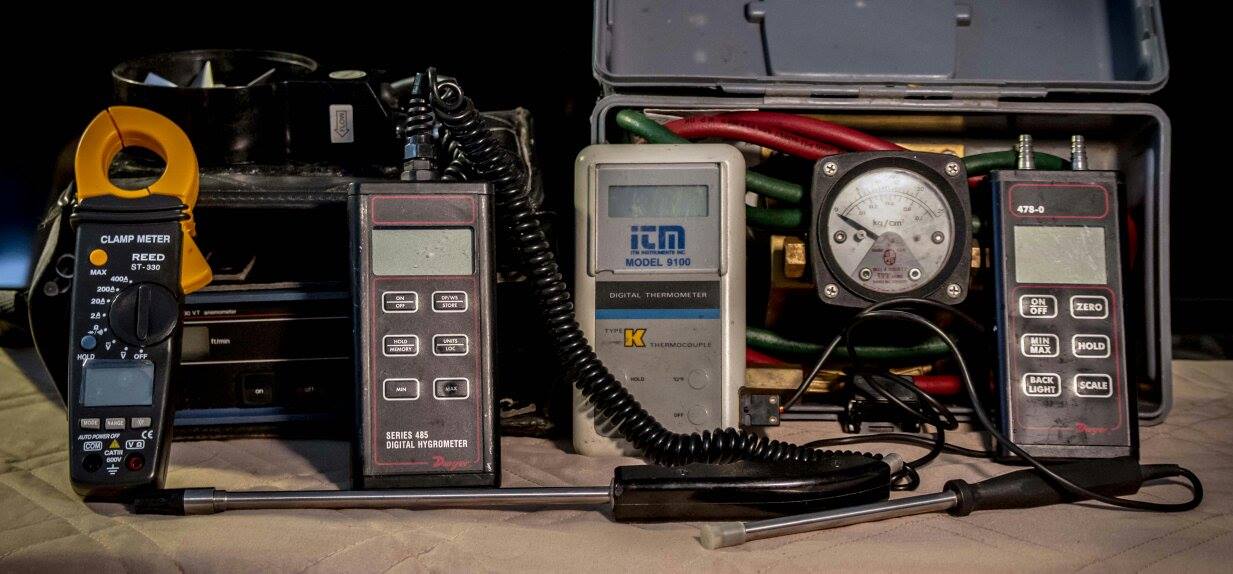Concrete Reinforcing Wire, Purpose of concrete reinforcing wire

Concrete reinforcing wire or steel speaks to purpose of concrete reinforcing wire and why use concrete reinforcing wire.
It is used to greatly increase the almost lack of tensile strength of concrete alone.
It is most opportune that steel and concrete is most compatible because if the two had different coefficients of thermal expansion the structure would soon tear itself apart. Also if the two were not chemically compatible the steel would corrode over time and the concrete would degrade until it badly deteriorated. The third and last consideration is that it is fortunate that concrete adheres to steel which minimizes the amount of reinforcing needed.
Concrete and steel change dimension at much the same rate in response to temperature changes and steel is protected from corrosion by the alkaline chemistry of concrete. Also, concrete bonds strongly to steel, and is therefore a convenient means of adapting brittle concrete to structural elements that must resist compression, tension, shear and bending.
The plan when using reinforced concrete is to put the reinforcing steel where there are tensile forces in a structural member and let the concrete resist the compression. This accounts for the decision to locate reinforcing steel that is used in a concrete structure. There are however exceptions to this rule. Steel is used to resist a share of the compression in concrete columns and in beams whose height must be reduced for architectural reasons.
This reinforcing steel is used in the form of column ties, to prevent the buckling of vertical reinforcing in columns. It is used to resist cracking that might otherwise be caused by curing shrinkage and by thermal expansion and contraction in slabs and walls.
Steel reinforcing bars are hot rolled steel used for concrete construction and are round in cross section and deformed with surface ribs to improve bonding to concrete. The bars are constructed to a standard length of 60 ft (In US), bundled and shipped to fabricating shops. The bar size is specified by a simple numbering system based on eighths of an inch, per example a number 6 bar is 6/8” in diameter.
Types of Splices for Reinforcing Bars
Lapped, wedge connection is used primarily to connect new bars to old ones when adding to an existing structure.
Welded connector is both strong and durable.
Grouted sleeve connector is used for joining precast concrete components using insertion techniques.
Threaded sleeve with both bars threaded and screwed into the ends of the sleeve.
Clamping sleeve that serves to align compression bars in a column.
Flanged coupler is used for splicing bars at the face of a concrete wall or beam. The coupler is screwed onto the threaded end of one bar and its flange is nailed to the inside of the formwork. After the formwork has been stripped, the other bar is threaded and screwed through a hole in the flange and into the coupler.
Fibrous Reinforcing
Fibrous reinforcing is when short fibers of glass, steel or polypropylene that are added to a concrete mix. Microfiber reinforcing is added in relatively low dosages and is intended to reduce plastic shrinkage cracking which may occur in the early stages of curing. Macrofiber reinforcing is usually of polypropylene or a steel polypropylene blend which as well as protecting against plastic shrinkage and also resists long term cracking due to drying shrinkage and thermal stresses.
Return from Concrete Reinforcing Wire to Home Page
Return from Concrete Reinforcing Wire to Explain Concrete
Hard copy and E book for sale. Introduction to Building Mechanical Systems. Click here.